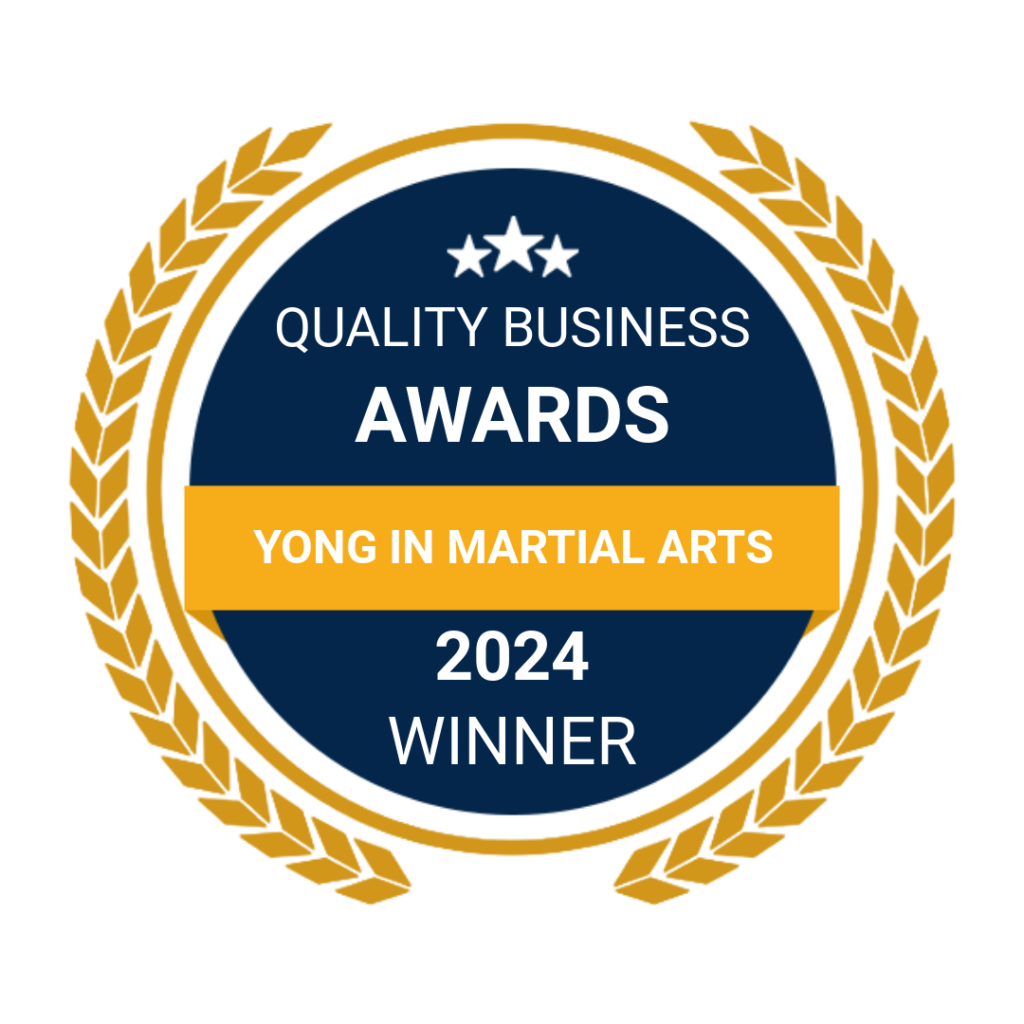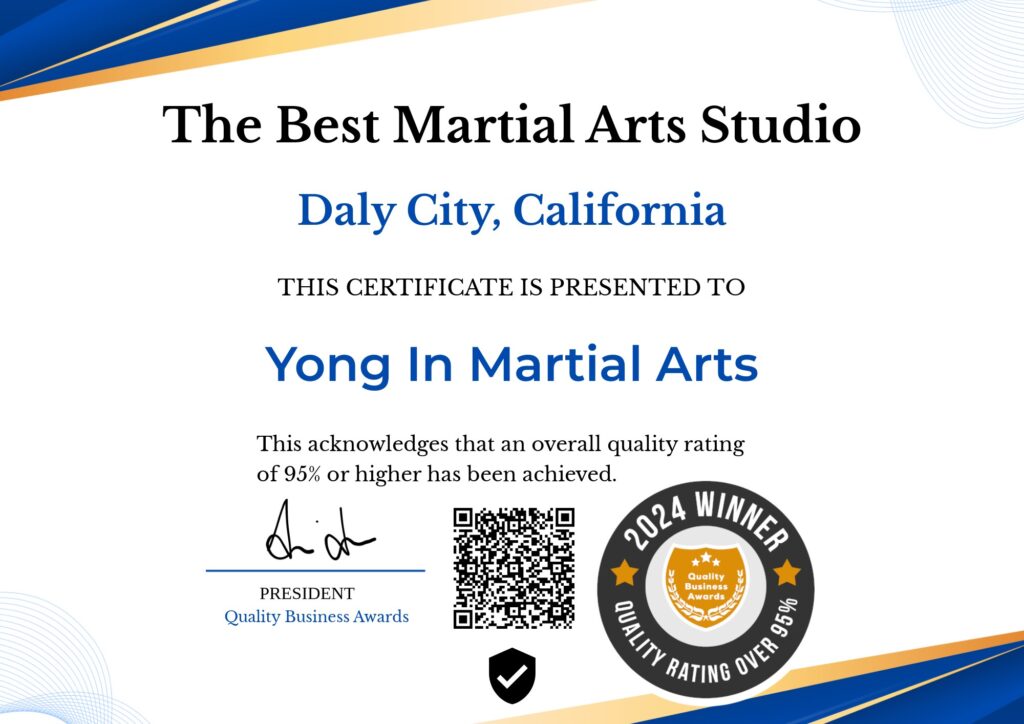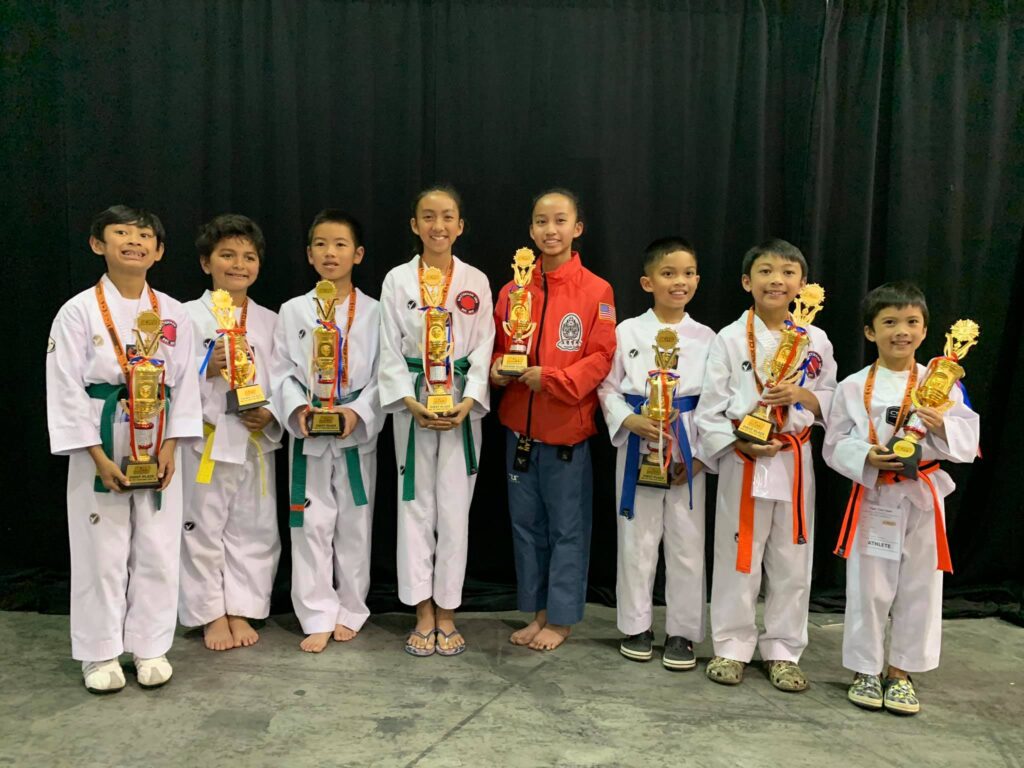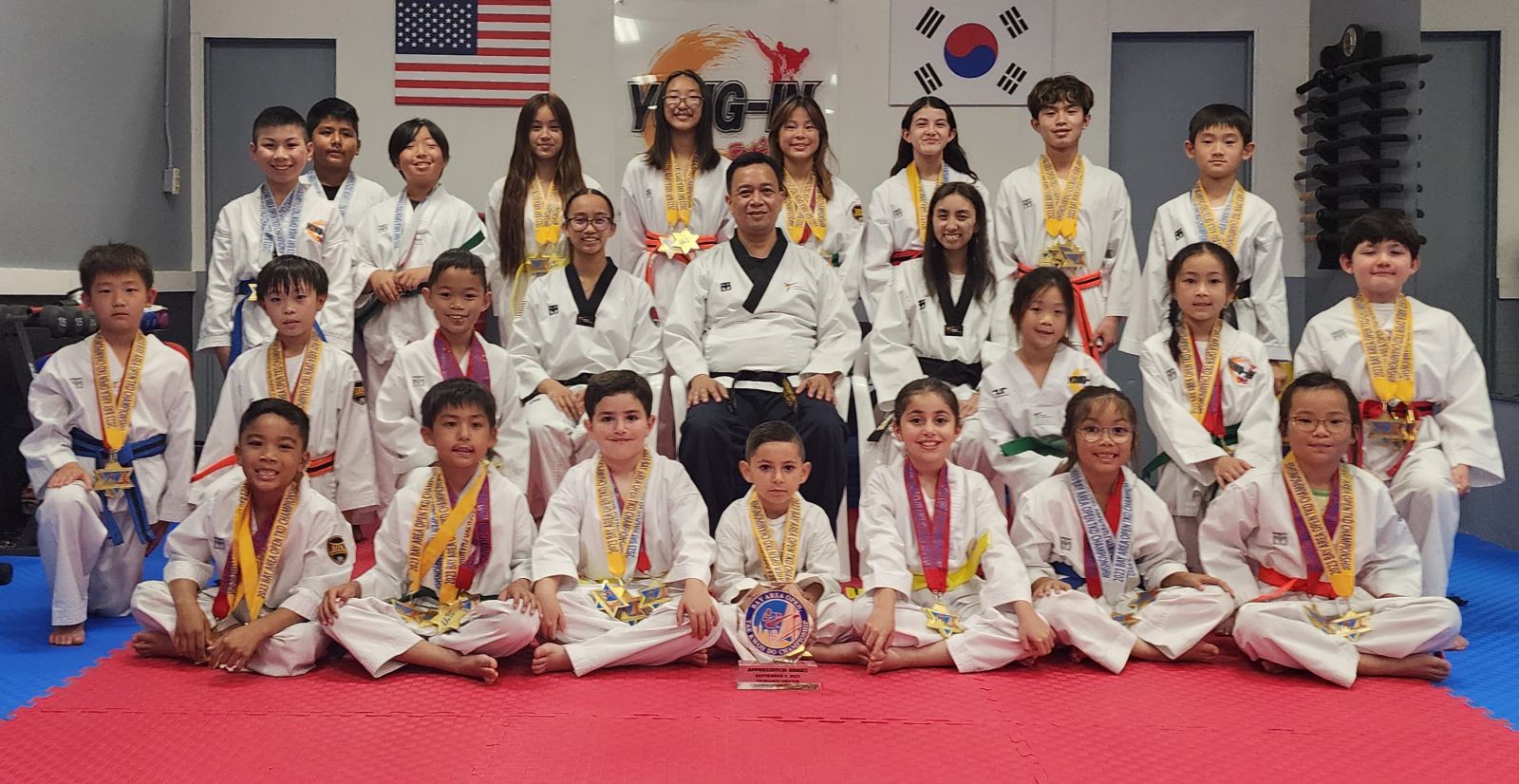Yong-In Taekwondo training is a multifaceted martial art that combines physical exercise, self-defense techniques, and mental discipline. It is a Korean martial art that has been practiced for centuries, with a rich history and cultural significance. Here’s a breakdown of what taekwondo training entails:

These awards highlight the positive impact that Yong-In Martial Arts has had on its students and their families, emphasizing the importance of discipline, confidence, and a supportive learning environment.
Overall, Yong-In Martial Arts has a strong focus on promoting a positive and empowering message, encouraging students to strive for excellence and develop valuable life skills through martial arts training.



Physical Training
Yong-In Taekwondo training typically involves a combination of the following physical exercises:
- Forms (Poomsae): Pre-determined patterns of movement that emphasize technique, balance, and coordination.
- Sparring (Gyeorugi): Live sparring with a partner, focusing on applying techniques in a controlled environment.
- Breaking (Gyeokpa): Breaking boards or bricks using various techniques, such as kicks, punches, and blocks.
- Kicking techniques: Emphasis on kicking techniques, including front kicks, roundhouse kicks, and side kicks.
- Punching techniques: Emphasis on punching techniques, including jab, cross, and hook punches.
- Blocking techniques: Emphasis on blocking techniques, including hand and foot blocks.
Mental Training
Yong-In Taekwondo training also places a strong emphasis on mental discipline and focus:
- Concentration: Developing mental focus and concentration through meditation and visualization techniques.
- Discipline: Developing self-discipline through adherence to a structured training regimen.
- Perseverance: Developing perseverance through consistent practice and overcoming obstacles.
- Self-control: Developing self-control through self-awareness and self-regulation of emotions.
Philosophical and Cultural Significance
Yong-In Taekwondo training is deeply rooted in Korean culture and philosophy:
- Do: The concept of “do” (way or path) emphasizes the pursuit of personal growth and self-improvement.
- Tae: The concept of “tae” (foot) represents the foundation and grounding of the art.
- Kwon: The concept of “kwon” (fist) represents the power and strength of the art.
- Dojang: The concept of “dojang” (training hall) represents the sacred space for training and self-improvement.
Benefits of Taekwondo Training
Yong-In Taekwondo training offers numerous benefits, including:
- Physical fitness: Improved cardiovascular endurance, strength, flexibility, and coordination.
- Self-defense skills: Practical self-defense techniques and strategies.
- Mental discipline: Improved focus, concentration, and self-control.
- Confidence and self-esteem: Increased confidence and self-esteem through achievement and progress.
- Community: A sense of belonging and connection with like-minded individuals.
Overall, Yong-In Taekwondo training is a holistic practice that combines physical exercise, mental discipline, and philosophical principles to promote personal growth and self-improvement.




